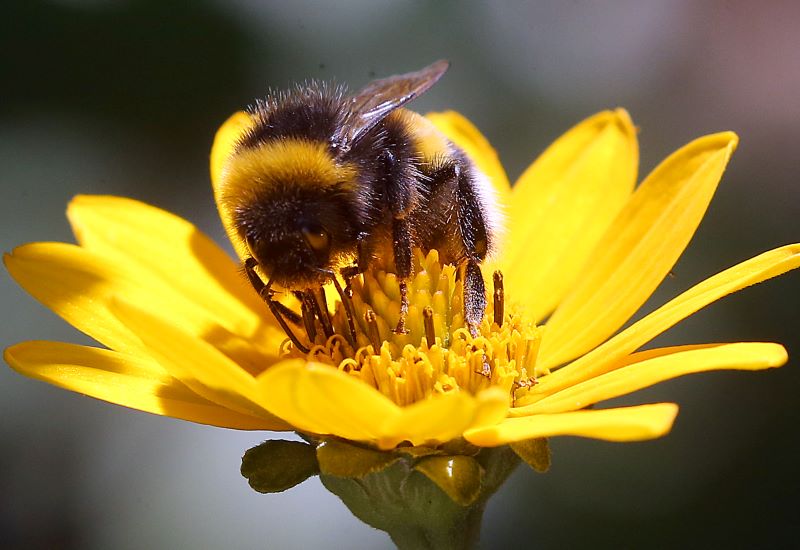In an unexpected effect of the Notre Dame fire last year, higher concentrations of lead have been found in honey from hives downwind of the fire at the Cathedral last year.
In research published in the journal Environmental Science & Technology Letters, scientists described how hives in the region of the Notre Dame fire had, on average, lead concentrations four times higher than the norm for the area. The researchers, working from UBC's Pacific Centre for Isotopic and Geochemical Research (PCIGR), took samples from hives located in the countryside around Paris and from Parisian honey collected prior to and after the fire.
Although still under the regulated limit for safe consumption, honey from hives downwind of the fire contained 0.08 micrograms per gram. Pre-fire Parisian honey, by contrast, had 0.009 micrograms of lead per gram, and honey from french countryside had 0.002 to 0.009 micrograms of lead per gram. The EU's maximum allowable lead content is 0.10 micrograms per gram for honey.
The reason for this elevated lead content is believed to be the extensive use of lead as a building material during the time of Notre Dame’s construction in the 12th Century. The cathedral’s tower and roof containing several hundred tonnes of lead, much of which simply disintegrated during the fire. Given that some flames in that fire reached temperatures high enough to aerosolise lead, however, it is reasonable to assume at least some of the lead was distributed in the air. An estimated 180 tonnes of lead from Notre Dame remains unaccounted for, a year on from the destruction of significant parts of the Cathedral.
“Because of the way the wind was blowing the night the fire burned, the direction that the smoke plume travelled is well-defined. The elevated lead concentrations were measured in honey that was collected from beehives within that plume footprint,” said ” Kate Smith, lead author of the study.
Because bees look for food within a two to three kilometre radius of their hive, the elements present in honey can provide a useful snapshot of the local environment. As bees forage amongst different flowers and plants, they collect airborne particles, which end up in the honey they produce. Different local environments can even cause honey to have different textures and flavours. The research carried out on the Parisian hives is the first time this method of heavy-metal analysis has been carried out in such an urbanised area.



 Loading ...
Loading ...